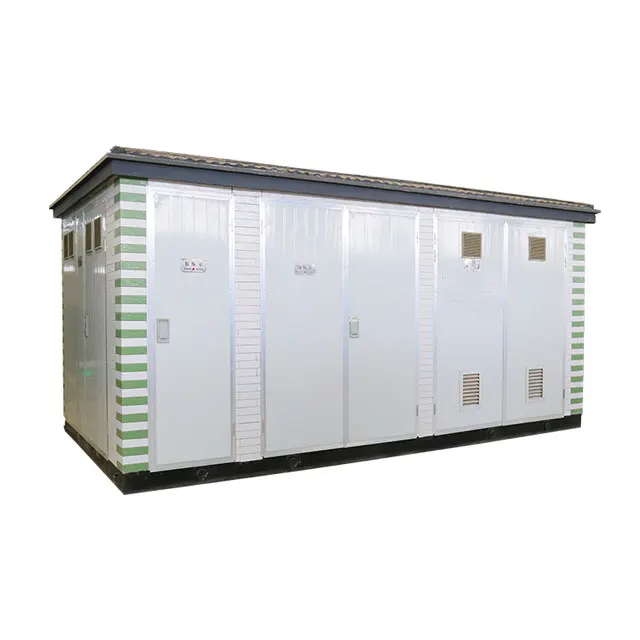How Sustainable Landscape Substations Are Revolutionizing Energy Infrastructure
2024-12-07
As the global push toward sustainability intensifies, the energy sector is reimagining its infrastructure to align with eco-friendly practices. Sustainable landscape substations are a prime example of this transformation, merging functionality with environmental stewardship. Let’s delve into how these innovative structures are revolutionizing energy infrastructure.
1. Sustainable Materials and Construction
Sustainable landscape substations prioritize the use of eco-friendly materials and construction practices:
- Recycled Materials: Use of recycled steel, concrete, and other components reduces waste.
- Green Roofs and Walls: Incorporating vegetation minimizes the heat island effect and improves insulation.
- Energy-Efficient Lighting: LED and solar-powered lights ensure minimal energy consumption.
2. Integration of Renewable Energy Sources
Many sustainable landscape substations incorporate renewable energy technologies:
- Solar Panels: Installed on roofs or nearby fields to supplement power needs.
- Wind Turbines: Utilized in windy regions for additional energy generation.
- Energy Storage Systems: Advanced batteries store excess energy for later use.
3. Enhancing Biodiversity and Ecosystems
By including natural elements, these substations support local ecosystems:
- Native Plants: Require less water and maintenance while providing habitats for pollinators.
- Green Corridors: Connect fragmented habitats, promoting wildlife movement.
- Rain Gardens: Help manage stormwater runoff and prevent soil erosion.
4. Improved Resilience and Functionality
Sustainable substations are designed to withstand environmental challenges:
- Flood Mitigation: Raised platforms and water management systems protect against flooding.
- Heat Resilience: Green roofs and shading reduce internal and surrounding temperatures.
- Advanced Monitoring Systems: Ensure optimal performance and quick response to faults.
5. Community and Educational Benefits
These substations often become community assets:
- Public Green Spaces: Provide areas for recreation and relaxation.
- Educational Programs: Teach about sustainability, energy systems, and environmental conservation.
- Collaboration Opportunities: Engage local communities in maintaining and enhancing the substation's green features.
Real-World Examples
Several cities and energy companies have adopted sustainable landscape substations:
- Urban Integration: Substations in urban areas are designed to blend into parks and residential neighborhoods.
- Rural Applications: Use natural elements to reduce visual impact and support local agriculture.
Sustainable landscape substations are more than just energy hubs; they are symbols of progress toward a greener future. By harmonizing energy infrastructure with ecological and community needs, these substations are setting new standards for how we build and maintain critical systems.
Embracing such innovations not only improves energy efficiency but also fosters a healthier planet and more engaged communities.



